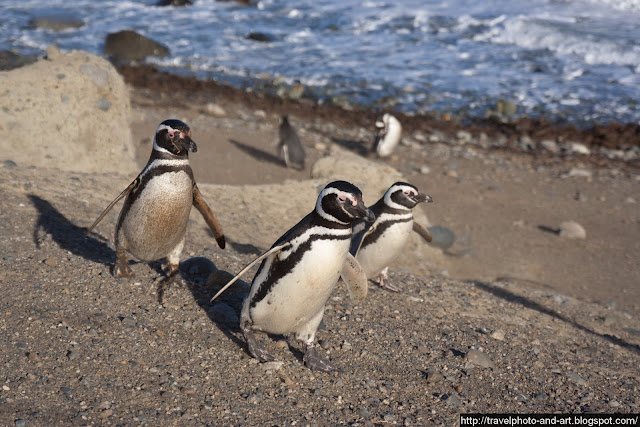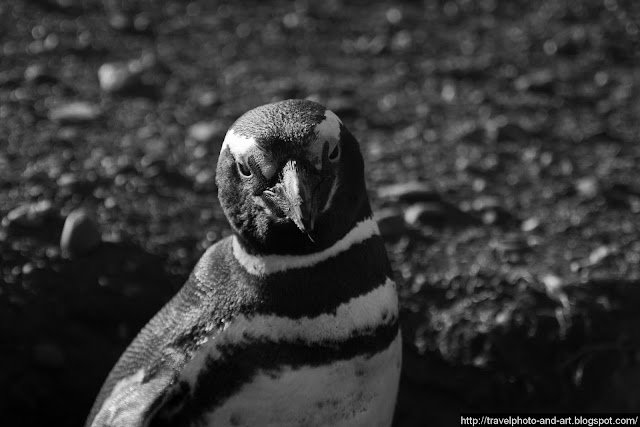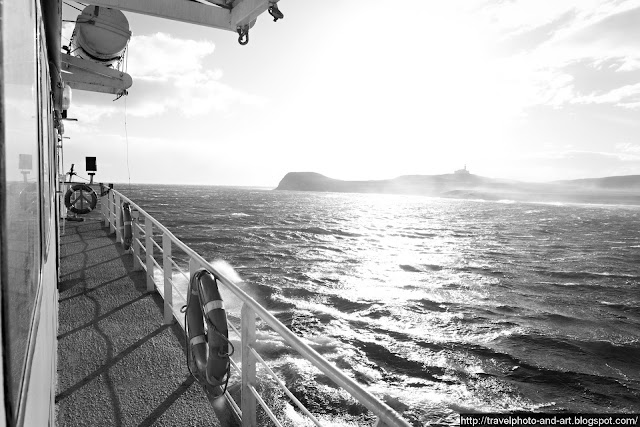Spanning over 4,300 kilometers across seven major climatic subtypes, Chile is one of the most geographically and climatically diverse countries in the world. Famous for its beautiful wilderness and impressive landscapes, Chile is a land of contrasts.
It offers a wide variety of climates stretching from the world's driest desert, Atacama, in the north to the Ice Fields of Patagonia in the south, and from the Andes Mountains in the east to the Mediterranean climate costal regions in the west.
This diversity is largely a product of abundant volcanic activity, caused by the subduction of tectonic plates in the region. Therefore Chile is literally a kingdom of volcanoes and also holds the record for the strongest earthquake ever recorded. This rich volcanic activity, responsible for the sharply rising Andes, was the natural force behind the creation of many oceanic islands of Chile, which are basically extinct volcanoes. Chilean territory includes today more than 8000 islands, but a few of them are settled.
It offers a wide variety of climates stretching from the world's driest desert, Atacama, in the north to the Ice Fields of Patagonia in the south, and from the Andes Mountains in the east to the Mediterranean climate costal regions in the west.
This diversity is largely a product of abundant volcanic activity, caused by the subduction of tectonic plates in the region. Therefore Chile is literally a kingdom of volcanoes and also holds the record for the strongest earthquake ever recorded. This rich volcanic activity, responsible for the sharply rising Andes, was the natural force behind the creation of many oceanic islands of Chile, which are basically extinct volcanoes. Chilean territory includes today more than 8000 islands, but a few of them are settled.
Due to the variety of climates, it has a very contrasting land and marine biodiversity, and because of its geographical isolation, Chile is home to many endemic flora and fauna species.
In order to protect these endemic species and their unique biotopes, it is strictly forbidden to import any products of animal or plant origin.
In order to protect these endemic species and their unique biotopes, it is strictly forbidden to import any products of animal or plant origin.
Dry areas of northern Atacama desert are the home of Turkey Vulture. In order to see this large bird, with a wingspan of almost 2 meters, you really don´t have to go to some remote desert areas. Turkey Vulture is a permanent resident of many urban areas of Northern Chile. I took these photos in the city of Iquique.
Just a few thousand kilometers further south, near the city of Punta Arenas, you can visit one of the largest colonies of Magellanic Penguin in Chile.
Situated on the Magdalena Island in the Straits of Magellan, this colony can
be accessed from the Tres Puentes Ferry Terminal, which lies
approximately 3 km east of the centre of Punta Arenas. Tickets can be purchased through Turismo Comapa at Magallanes 990, Punta Arenas.
An old PT boat guards the entrance to the ferry terminal.
It takes approximately two hours each way and if you are lucky you can see Dolphins and other sea animals.
Whipped by strong winds, Magdalena Island looks very inhospitable.
Despite this impression, it is a very important Magellanic Penguin breeding site.
During the breeding season more than 140.000 Magellanic Penguins stay there, accompanied by a variety of sea birds.
Magellanic Penguin chicks cannot swim and are cared for by both parents. After a month they gain their adult waterproof plumage and are ready to leave the island.
Full grown Magellanic Penguins are approximately 70 cm tall and weigh between 3 kg and 6.5 kg. They can live up to 25 years and feed on fish, krill and squid.
Magellanic Penguins mate with the same partner from the previous year.
Getting there:
Situated about 1000 km nothrwest of Antarctica, Punta Arenas is the southernmost city in Chile. Because of its remoteness there is no direct bus connection. The easiest way is to fly either from Santiago de Chile or Puerto Montt to Punta Arenas. LAN Airlines is the Chilean national carrier and flies several times daily to Punta Arenas. LAN has the most modern fleet and offers the best on board services.
LAN Airlines


























































Žádné komentáře:
Okomentovat